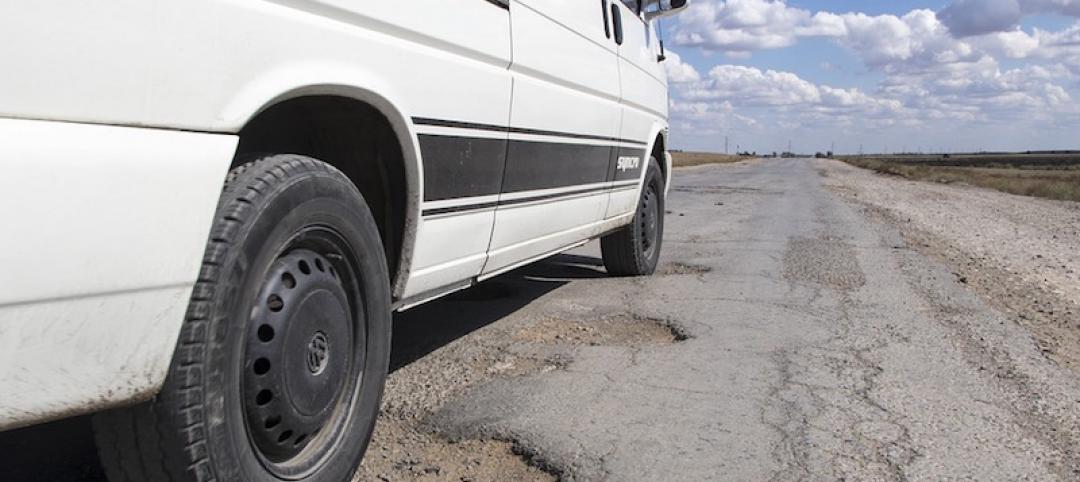A new report, Cities Safer by Design, from WRI Ross Center for Sustainable Cities, offers guidance for designing safer streets and communities that can reduce traffic fatalities and improve people’s lives.
The report includes more than 30 specific urban design recommendations for urban planners and policymakers. It emphasizes two ways to improve traffic safety in cities. First, building and retrofitting urban environments to reduce the need for individual vehicle trips; and second, by reducing vehicle speeds in areas where cars, pedestrians, and cyclists mix.
The report focuses on improving infrastructure for pedestrians, bicycling, and mass transport. It includes examples from several cities including Tokyo, Mexico City, Rio de Janeiro, Istanbul, New York City, and Paris.
Recommendations include:
- Smaller block sizes
- Frequent street connections
- Narrower streets
- Traffic calming measures such as speed humps, chicanes, curb extensions, raised pedestrian crossings
- Arterials and intersections that reduce conflicts between road users by providing clear crossings, medians, and refuge islands
- Pedestrian facilities ranging from pedestrian-only areas to basic, consistent sidewalks
- Bicycling networks that feature protected bicycle lanes and special attention to design at intersections
- Safety improvements around mass transport stations and corridors.
Related Stories
Codes and Standards | Apr 12, 2017
Trump infrastructure task force suggests arbitration to speed projects
Permitting process could be reduced from 10 years to 2 years under the proposal.
Codes and Standards | Apr 11, 2017
2017 National Energy Codes Conference includes code boot camp, PNC Tower tour
The DOE-sponsored event will be held in Pittsburgh July 17-20.
Codes and Standards | Apr 10, 2017
Congressional hearing on skills gap includes look at construction industry
Strategies to boost ranks of construction workers include mentoring programs, increased safety measures, trade group support, and outreach to school counselors.
Codes and Standards | Apr 6, 2017
Product-specific EPDs seen as key aid to earning green building credits
The product-specific EPDs allow designers to more quickly earn a LEED v4 credit in the Materials & Resources category.
Codes and Standards | Apr 5, 2017
Updated AIA Disaster Assistance Handbook released with significant enhancements
Updates provide guidance on how design and construction pros and emergency managers can work together to prepare for and respond to disasters.
Codes and Standards | Apr 4, 2017
Global standards for indoor environmental monitoring under development
Systems and sensors guidelines will be aligned with major green standards.
Codes and Standards | Apr 3, 2017
New standard test method for static loading and impact on exterior shading released
The method provides a standard lab procedure evaluation of ice and snow loads and impacts.
Codes and Standards | Mar 30, 2017
WELL enters strategic partnership with developer of standards and assessment tools
GIGA’s RESET standard and data collection will be integrated into the WELL standard.
Codes and Standards | Mar 29, 2017
Climate-specific code changes target energy savings for tropical zones
Hawaii considers updated 2015 IECC tailored to its climate.
Codes and Standards | Mar 28, 2017
Safety concerns over wood-frame construction raised after Raleigh apartment fire
The unfinished building was destroyed in a five-alarm blaze.
















